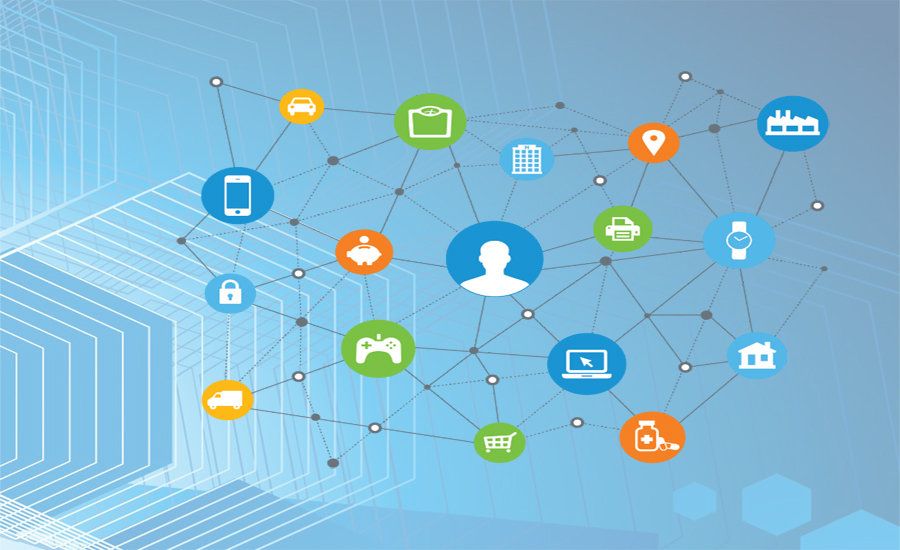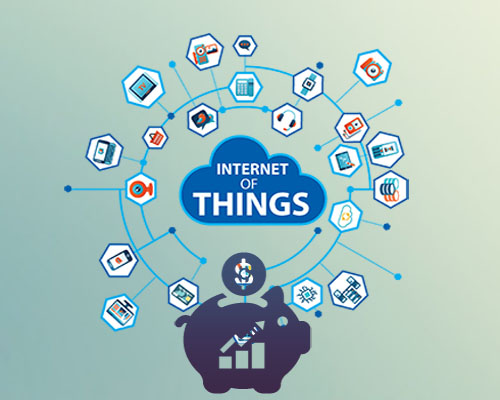
Internet of things (IoT) has for long been the center of attention with companies and customers flocking around to avail opportunities and comfort respectively. In essence, IoT is a just a solution that will offer better experience to customers but the extreme attention that it has received has made it look like a super complex technology.
The reality is that IoT is a step ahead of the existing Software that we are pretty accustomed to. It has not something new from scratch but an extension of things that we already know and things that we already use. The promises that companies have made with IoT are what makes it attractive. A lot of promises are almost like gadgets from Hollywood flicks. So, what really transforms this vision into reality.

What Matters?
Depending on what country you are in, you can see some example of IoT coming to life around you. A common example that you will see no matter where you are in the world are health and fitness watches. There are many variants of these watches like some for counting calories, others for heart and pulse rate, etc. And, while a common man will wonder how a watch does do that, Java development India & web programming would know all about networks, sensors, and data exchange taking place.
Another example is an IoT system installed in a car should be able to tell the driver if there are any technical glitches in the car at the right time to avoid any mishap. For this, the networks and sensors have to be able to record and send data which has to be processed using variety of possibilities and return a result. Like, may be the car has already been driven for a certain kilometer and now it should be serviced. The sensors will be able to detect that and exchange the information with processors that will send a prompt to the driver.
What Resources Would You Need?
Now, IoT devices need to be able to transfer and receive information from different sources and the main processor should be able to make meaning of the data that has been transferred. There are a few IoT tools that can help you create a project, write codes, and test them as well. Here are a few of them.
Software
-
Arduino: This is a super cool tool for IoT beginners who wish to learn and create something exceptional at the same time. It proclaims to be a one-stop shop for users with opportunities to learn via extensive tutorials and community, step-by-step guide, etc. along with access to all the Software that will be required to create a project.
-
Raspberry Pi: This is another great choice for IoT professionals who wish to create something interesting. You can find interesting tutorials online on how to create a temperature gauging IoT Software using this tool. All you need will be a hardware that we will discuss in the next point and that depends on the type of Software you wish to create.
Hardware
-
Sensors: This will be determined by the type of IoT Software you wish to create. There are numerous varieties available in the market and a huge collection can be found on www.allboutcircuits.com.
-
Wires and Boards: Again, the need for this depends on your IoT application. But, in all probability you would need jumper wires, breadboards, etc. to get your entire project ready.
There are plenty of useful resources and tutorials available from Arduino and Raspberry Pi to help you get started in a particular direction. To practice you would need to invest in both hardware and Software and gradually you can transform your dream project into reality.

